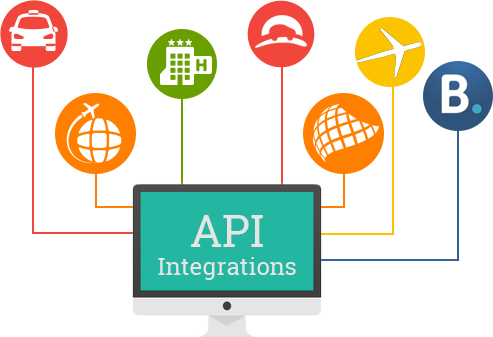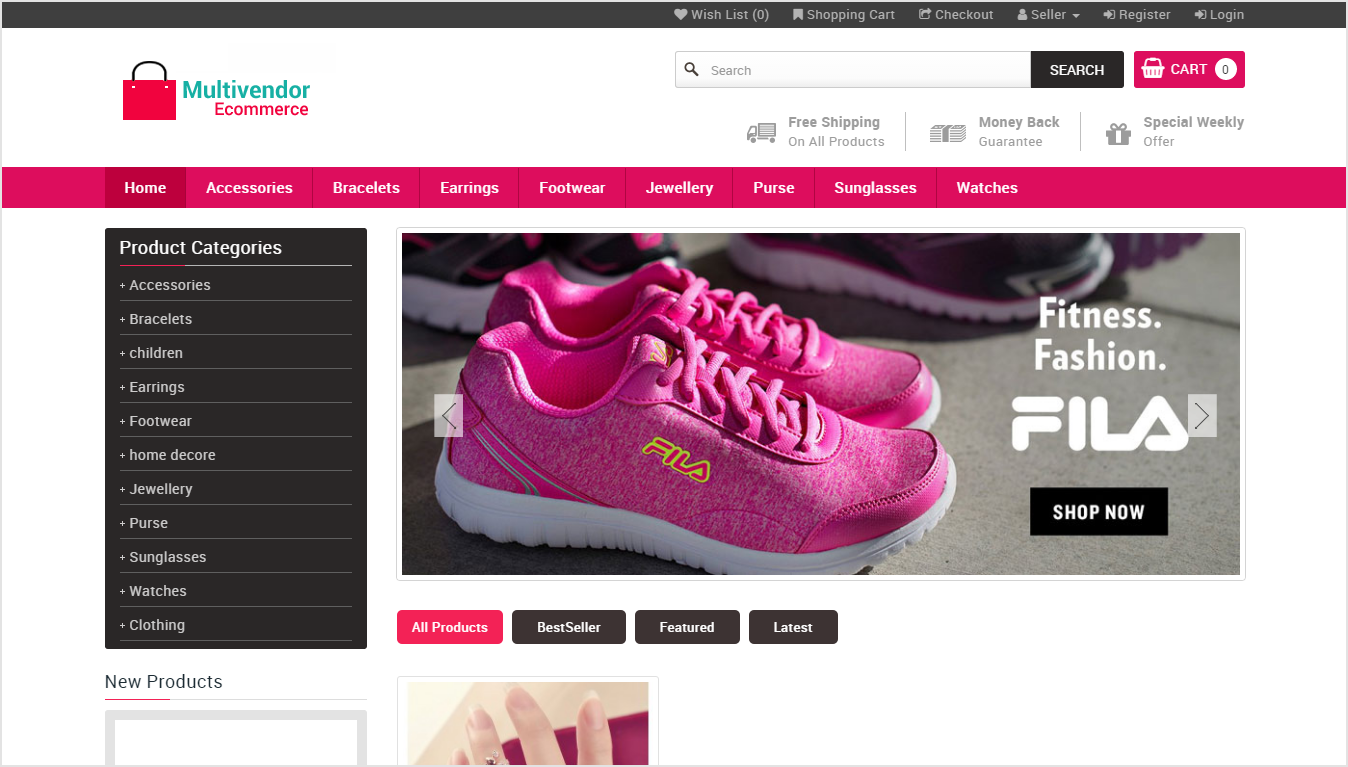Application program interface (API) is a set of routines, protocols, and tools for building software applications. An API specifies how software components should interact and APIs are used when programming graphical user interface (GUI) components.
The allowance and processes to give programs access to connect and essentially, communicate with other programs. Their APIs are their languages.
It’s a software-to-software interface that allow for separate parties to talk to each other without any previous user knowledge or intervention. It runs the processes behind the scenes. For example: Many online stores use these to allow you to enter your credit card information, and then the store uses the API to send the information to a remote application that will verify whether or not the information is correct.
REST (Representational State Transfer) – An architechtural style of a coordinated constraints applied to components, connectors, and data elements. It ignores the details of component implementation and protocol syntax so that it may focus on the roles of components, their interaction and constraints with other components, and their interpretation of data elements.
API Signup flow
- You provide a form on your own website that collects information from your customer
- Using the Subscriptions API resource, you send a request to create a subscription
- If errors exist or the credit card charge is declined, they are returned to you, which you can display through your application
- If no errors exist and the credit card charge is accepted (or no charge is required) then a successful response is sent back to you from the API request, which you may handle by displaying a “Success” page to the customer
- You may then interact with the Subscription, Customer, or any other resource we expose via the APIto handle changes within your own application state
API Considerations
- If you supply a
referencevalue when creating a Customer, you will be able to easily interact with the Customer resource and the related resources (i.e. Subscriptions), since your application and Chargify now share a common identifier for the Customer - You may choose to save the Chargify Customer ID and/or the Subscription ID within your own application for later referencing those resources (this is a good idea)
Chargify Direct
Certain API endpoints that require sensitive credit card data support direct form posts from your own web pages. This means that forms on your site can send data directly to Chargify servers, reducing your PCIscope since you then don’t have to process or transmit the sensitive data. For more, see the Introduction to Chargify Direct





Recent Comments